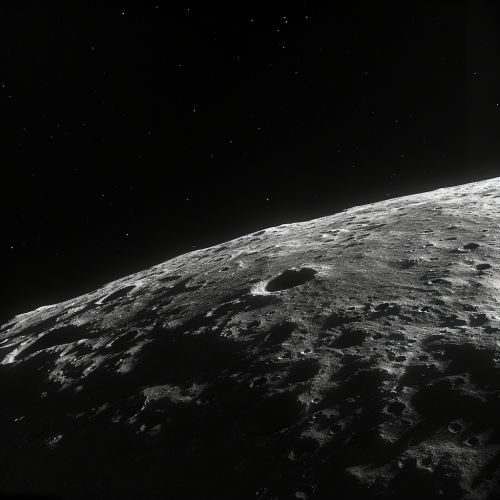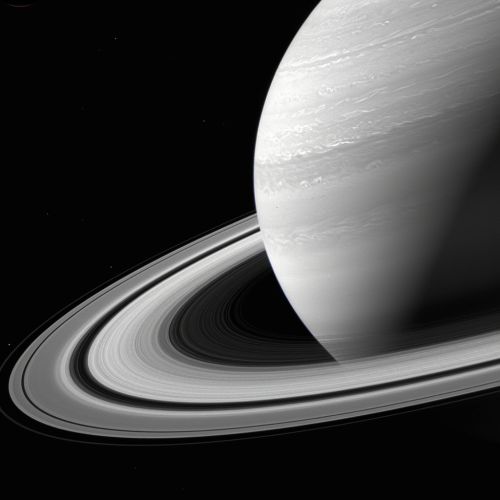Roche Limit
Introduction
The Roche limit, named after the French astronomer Édouard Roche, is the minimum distance at which a celestial body, subject to tidal forces exceeding its gravitational self-attraction, will disintegrate due to tidal forces exceeding the gravitational forces that hold it together. This limit applies to a body orbiting a much more massive one where the tidal forces are stronger than the body's gravitational binding force.


Derivation of the Roche Limit
The Roche limit is derived from considerations of the gravitational forces acting on a fluid body in orbit around a much larger one. The derivation assumes that the smaller body is held together only by its gravity, and ignores cohesive forces, rotational effects, and the effect of the larger body's gravity on the smaller body's shape.
The Roche limit is given by the formula:
d = R(M/2m)^(1/3)
where d is the Roche limit, R is the radius of the larger body, M is the mass of the larger body, and m is the mass of the smaller body.
Effects of Reaching the Roche Limit
When a celestial body reaches the Roche limit, it experiences strong tidal forces that can cause it to break apart. This is because the gravitational pull on the side of the body closest to the larger body is much stronger than on the far side. This differential can create tides strong enough to pull the body apart.
If the body is composed of loosely held together material, such as a comet, it can disintegrate just by getting close to the Roche limit. More cohesive bodies, like moons or planets, need to pass within the limit before they start to break up.
Examples in the Solar System
There are several examples of the Roche limit's effects in our solar system. Saturn's rings, for instance, are believed to be the remnants of a moon that came within Saturn's Roche limit and was torn apart. Similarly, the rings of Neptune are thought to be the result of a similar process.


